Anchang Ancient Town: "Dream Bridge and Flowing Water, one of the four famous ancient towns in Shaoxing"
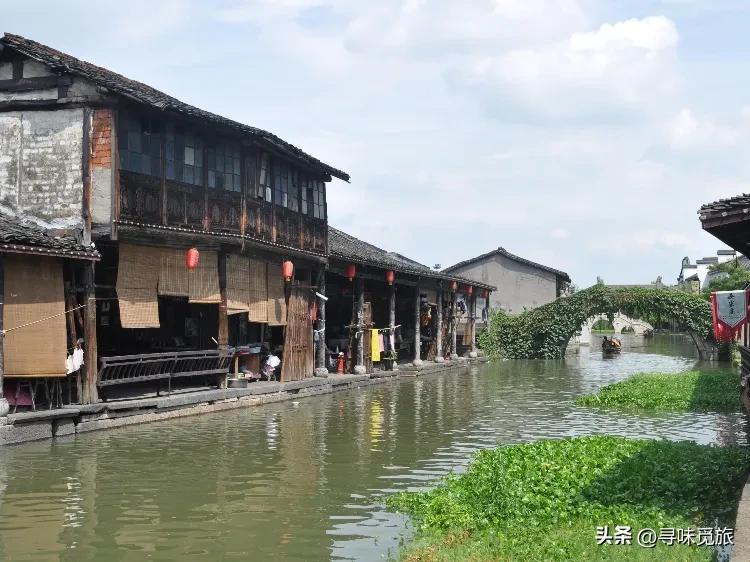
Anchang Ancient Town is one of the four famous ancient towns in Shaoxing and the first batch of famous historical and cultural towns in Zhejiang Province. It is located at the northwest end of Keqiao District, Shaoxing City, adjacent to Xiaoshan District, Hangzhou City, Keqiao City in the south, and Hangzhou-Ningbo Expressway in the north. It was built in the Northern Song Dynasty, and was burned down many times due to wars, and was finally rebuilt during the Ming and Qing Dynasties.
Cangqiao Zhijie: "Shaoxing in miniature, rich water town style, small bridge and flowing water people"
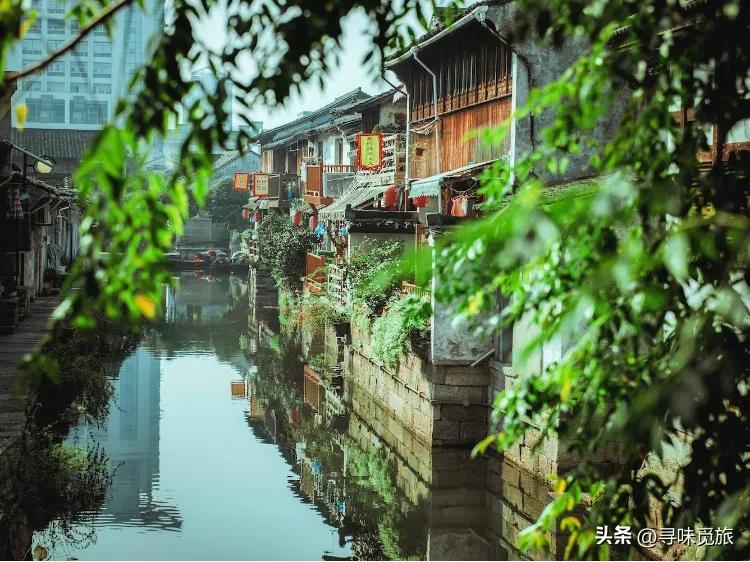
Cangqiao Zhijie, located in Shaoxing City, Zhejiang Province, consists of three parts: river, residential buildings, and neighborhoods. Most of the residential buildings are buildings in the late Qing Dynasty and the early Republic of China.
Shaoxing Shusheng Hometown Historic District: "A place where the fragrance of books gathers, the best-preserved ancient water village in Shaoxing"
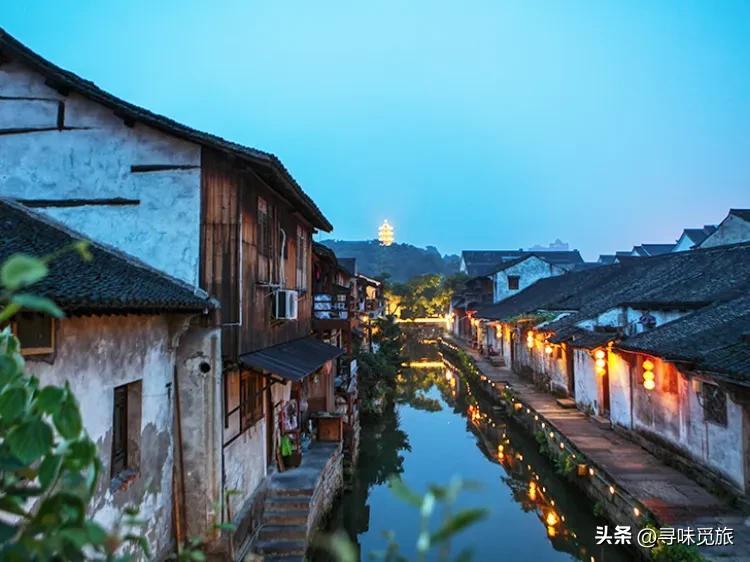
Shaoxing Shusheng Hometown Historical District is the most complete area of Shaoxing's urban historical features. It gathers Shaoxing celebrities "Shusheng" Wang Xizhi and "Academic Master" Cai Yuanpei who have influenced the process of Chinese culture. It is also the hometown of Liu Zongzhou, Huang Zongxi and other celebrities of all dynasties.
Dayu Mausoleum: "The mountains and rivers are calm, and the memory of the Great Yu is remembered together"
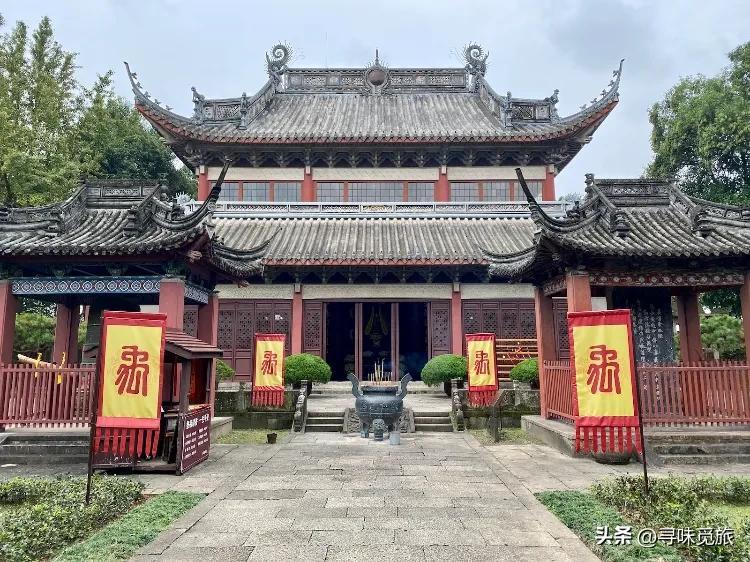
Dayu Mausoleum, known as Yu Cave in ancient times, is located outside the gate of Jushan Mountain in Shaoxing, 3 kilometers away from the city. It is a large-scale classical style building complex consisting of three parts: Yuling, Yuci and Yumiao. It covers an area of more than 40 acres and has a construction area of 2,700 square meters. It is listed as a national key cultural relic protection unit and a national patriotic education demonstration base.
Shaoxing Fushan Park: "Ancient Yue Kingdom Ruins, a city park that records the thousand-year history of Shaoxing"
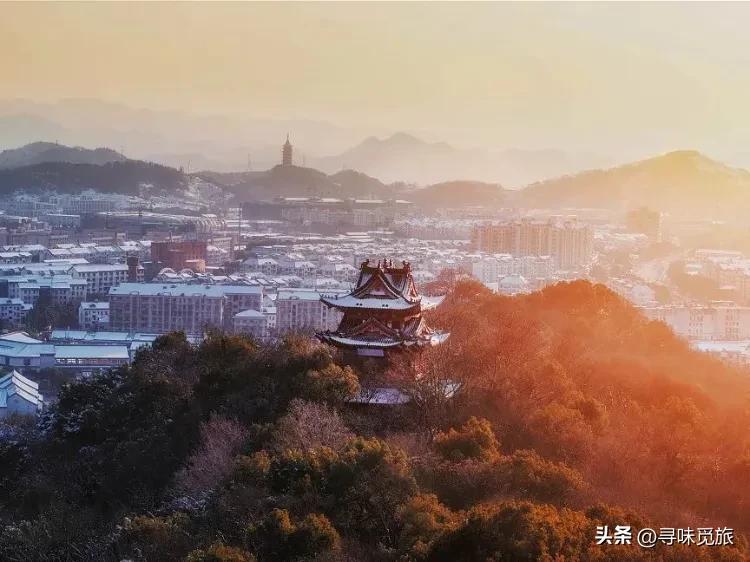
Shaoxing Fushan Park was named after Shaoxing Mansion was located in the east in the past. Fushan is the core scenic spot of the neighborhood, a city park and a tourist attraction. When Fushan was not a royal palace, it was often the place where the government was governed. Fushan is the main famous mountain in the ancient city of Shaoxing. Because of its shape like Wolong, it is also known as Wolong Mountain; the doctor of Yue State was buried on Longshan after his death, so it is also called Wenzhishan. On Fushan, there are pavilions, pavilions and ancient brick monuments.
Tianmu Mountain Scenic Area: "Tianmu goes to the sky, and the five mountains cover the red city"
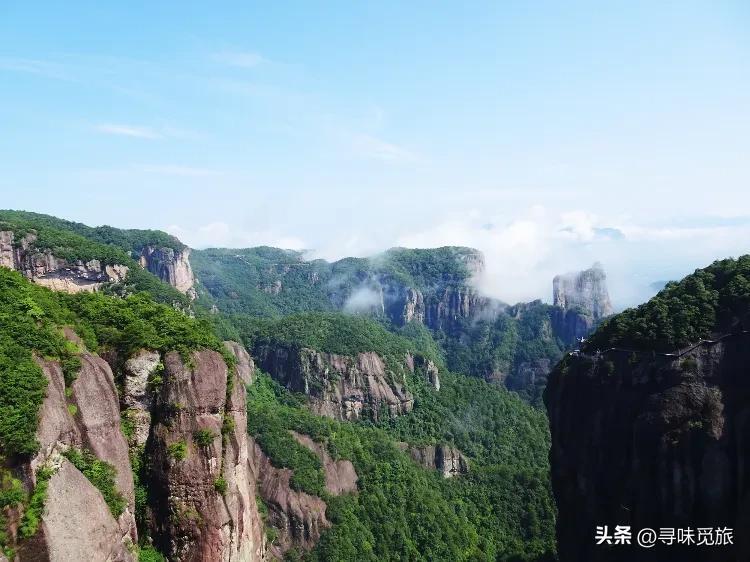
Tianmu Mountain Scenic Area is located in Xinchang County, Shaoxing City, Zhejiang Province. It belongs to the seventy-second blessed land of Taoism, and the sixteenth blessed land - Tianmu Ridge - is located in the south of Yixian County. It belongs to the real Wei Xianren. It is famous for "Sleepwalking Tianmu Singing and Saying Farewell" by Tang Dynasty poet Li Bai. "Tianmu goes all the way to the sky, pulling five mountains to cover the red city, and the rooftop is 48,000 feet high, and he wants to fall southeast." Li Bai described the momentum of Tianmu Mountain vividly in his poems. With the development of tourism economy in Xinchang County, Tianmu Mountain is now a scenic spot in Xinchang Tianmu Mountain, Zhejiang. It has the connotation of Buddhist culture, Tang poetry culture, tea ceremony culture and landscape culture, and features grotto statues, Danxia landforms, volcanic rock landforms. It integrates cultural landscapes and natural landscapes, and has the value of tourism, viewing, scientific investigation, popular science education and other aspects.
Keqiao Ancient Town: "The ancient charm of the mountains and rivers continues, one of the four ancient towns in Shaoxing"
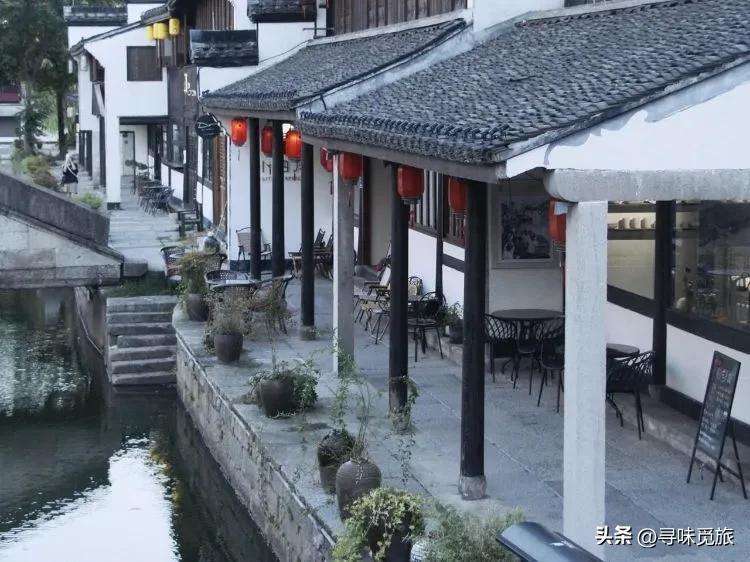
Keqiao Ancient Town is an important town along the ancient canal in eastern Zhejiang. It was formerly called Dili. It has a history of more than 2,000 years and is one of the first 18 provincial-level historical and cultural blocks in Zhejiang. In the ancient town, the Guanshu Zhijiang River, which intersects with the ancient canal in eastern Zhejiang, was called Keshui in ancient times. There is a Keqiao built on Keshui. The ancient town of Keqiao is named after the bridge, and the bridge is named after the water. Here, Keqiao, Rongguang Bridge and Yongfeng Bridge divide the two water systems into four areas, forming the famous "Three Bridges and Four Waters" landscape.
Nineteen Peaks Through the Rock: "The peak of the rock is tall and pale, and the peak is nineteen skyscrapers"
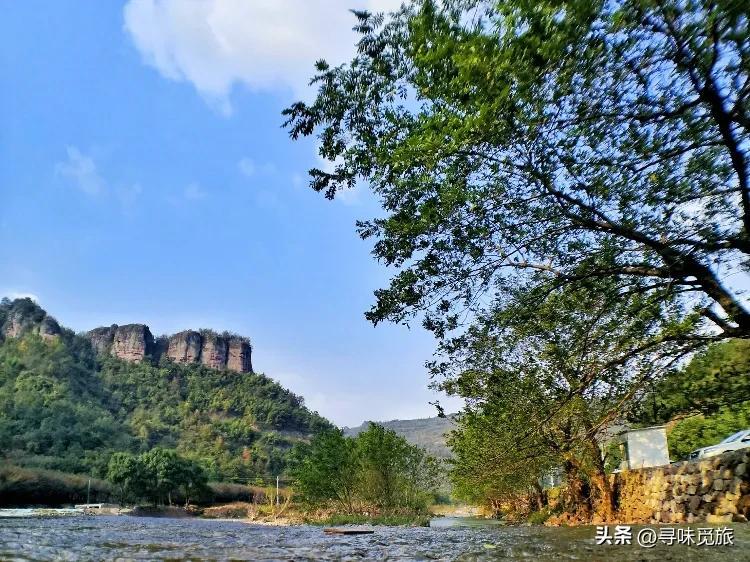
The nineteenth peak of piercing rock is located in Yimutan, Henglian Village, Chengtan Street, Xinchang County, Shaoxing City, Zhejiang Province, with a total area of 30.65 square kilometers. It is composed of four scenic spots: the nineteenth peak of piercing rock, Qianzhangkeng, Taitou Mountain, and Tiangtuo Boots. It is one of the magnificent Danxia landform scenic spots in China. The trees on the mountain are green, and the beautiful peaks in one vein have different shapes and lifelike, standing shoulder to shoulder in the triangle where the Han Fei River and the Jingling River meet. Climb the nineteenth peak, the peak is surrounded by volleys, standing on the peak, relaxed and happy, and the idyllic and rural scenery is unobstructed.
Xinchang Dafo Temple: The world is here, "Yue Kingdom Dunhuang" is shocking
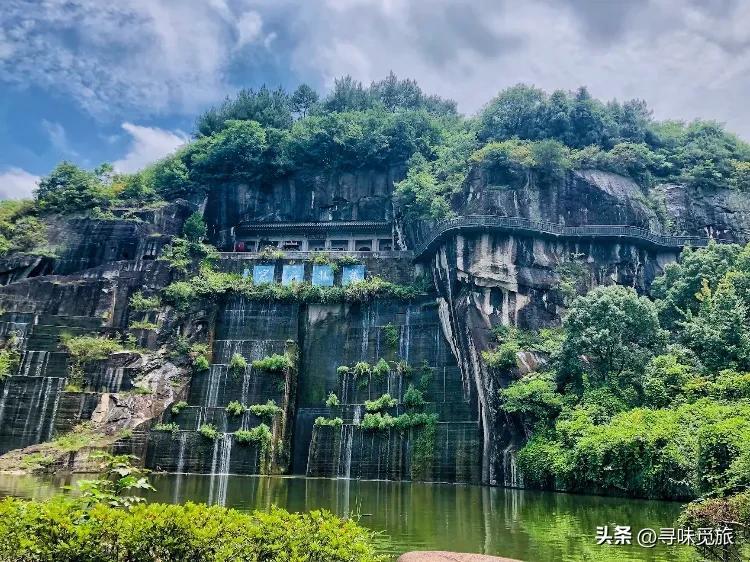
Xinchang Big Buddha Temple is located in Nanming Street, Xinchang County, Zhejiang Province. It was built in the Eastern Jin Dynasty. The whole temple is characterized by grotto statues. The Buddha statues are large in scale and have a long history. There is a stone Maitreya Buddha with a history of more than 1,600 years. Its height is 16.3 meters and its knees are 10.6 meters apart. It is the only remaining early grotto statue in southern China and is known as "Dunhuang of the Yue Kingdom". The temple is a large-scale, multi-functional and comprehensive national 4A-level tourist attraction integrating sightseeing and pilgrimage, geological science popularization, folk custom experience, and Zen leisure.
Wuxie Scenic Area: "There is no dust here, and there is more Biqianxun when you go up"
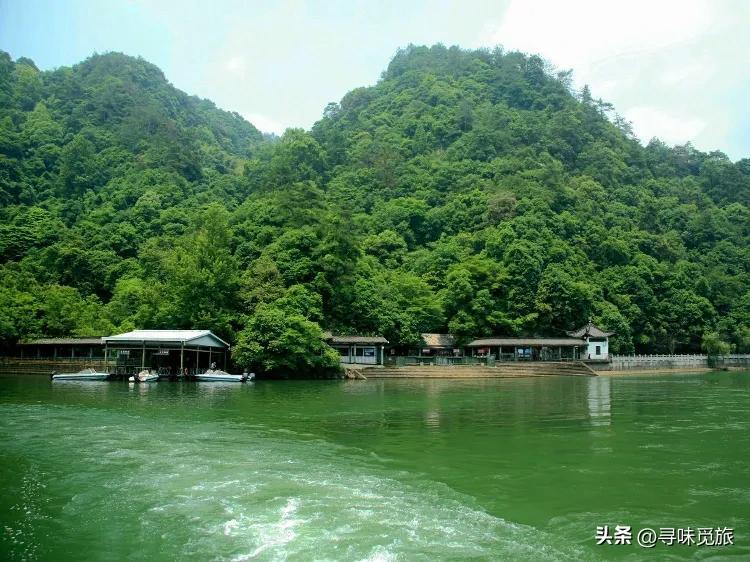
Wuxie Scenic Area is located in the mountains 30 kilometers west of Zhuji City. Wuxie scenery is famous for its beautiful green mountains and flying springs. In the mountains 30 kilometers west of Zhuji City. The so-called "leak" means waterfall. The waterfall flies down from the chongya cliff on the top of Wuxie Mountain and folds into five levels, collectively known as "Wuxie River".
Wozhou Lake: "The Birthplace of Landscape Poetry", Xinchang's "Xanadu"

Wozhou Lake is located 12 kilometers southeast of Xinchang County, Shaoxing City, Zhejiang Province. It is located in the upper reaches of Yan [shà n] Creek, the yang of Wozhou and the shade of Tianmu. The lake area is 818 hectares. The scenic area is more than 50 square kilometers, rich in natural and cultural landscapes, and the scenery is quiet and beautiful. It is a national water conservancy scenic spot and a provincial scenic spot.
Shaoxing East Lake Scenic Area: "The Wonder of the Lake", wandering among the landscapes and bonsai
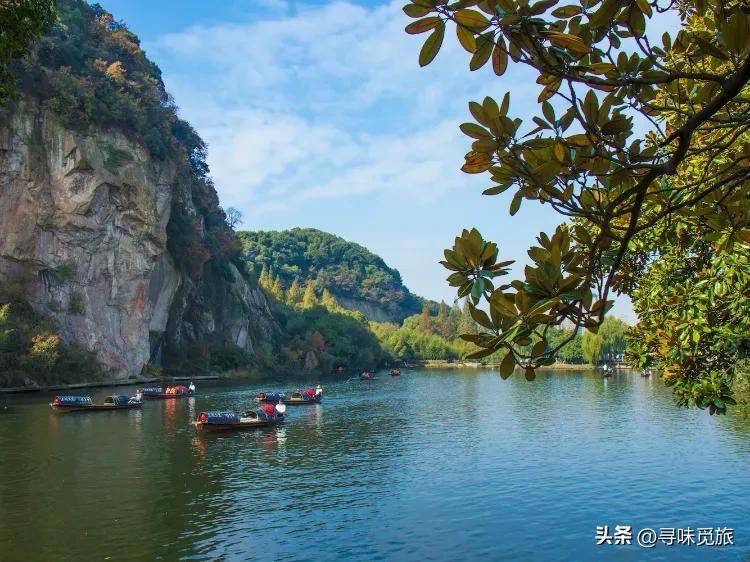
Shaoxing East Lake Scenic Area is about six kilometers east of the ancient city of Shaoxing. It is cleverly combined with cliffs, caves, stone bridges and lake surfaces to become a famous garden. It is one of the three famous lakes in Zhejiang Province. Although East Lake is small, because of its strange stones and strange caves, East Lake has become a rare "strange lake" recognized by tourism professionals.
Roar Mountain Scenic Area: "Before the lion forest opens the cliffs, roar to surprise the wild fox Zen"

Roar Mountain Scenic Area is one of the important bases for Goujian, King of Yue, to realize the great cause of restoring the country. Here are the ancient Yue celadon kilns during the Spring and Autumn Period and the Warring States Period; the patriotic poet Lu You in the Song Dynasty, the ancestors of three generations, built houses and temples, and lived here for generations. After thousands of years of mountain quarrying, diverse and peculiar landscapes such as mountains, waters, caves, ponds, and Buddhas have been formed.
Kuaiji Mountain Scenic Area: "The ancient famous mountain, one of the towns and mountains where the emperors of the past dynasties sealed sacrifices"
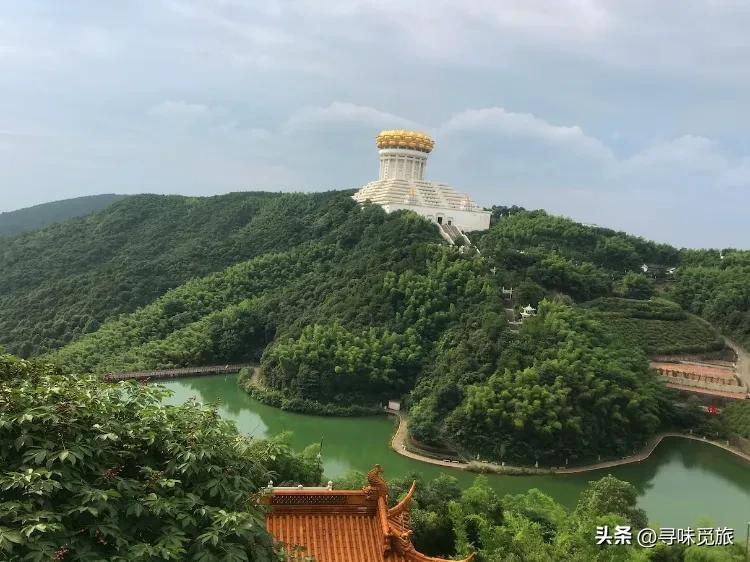
Kuaiji Mountain Scenic Area is located in the southeast of Shaoxing City, about 6 kilometers away from the city center, covering an area of 5 square kilometers. The three major scenic spots of Yuling, Hundred Birds Paradise and Incense Peak are the main landscapes. The Kuaiji Mountain in the scenic spot is named after the Great Yu's water control and worship here. It is one of the famous towns and mountains where the emperors of all dynasties of China were sealed and sacrificed.
Daxianglin Scenic Area: "Ancient osmanthus tree community, reckless and pale"
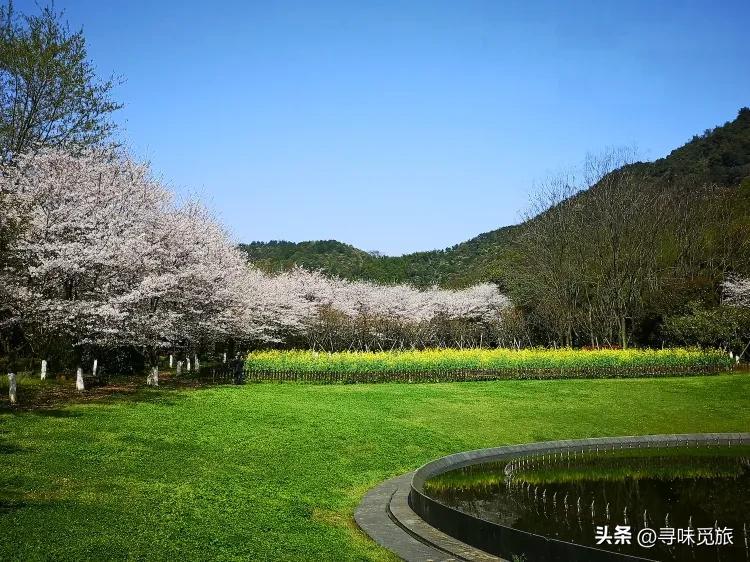
The Daxianglin Scenic Area is located 6 kilometers southwest of Keqiao District, Shaoxing City. It is adjacent to Lanting, the holy land of calligraphy in the south, and the provincial capital city Hangzhou in the west. The traffic location is obvious. The scenic area has beautiful scenery and fresh air. It has a community of ancient osmanthus trees planted in the Song Dynasty.
#Travel # #Zhejiang Shaoxing # #Gold powder community #
